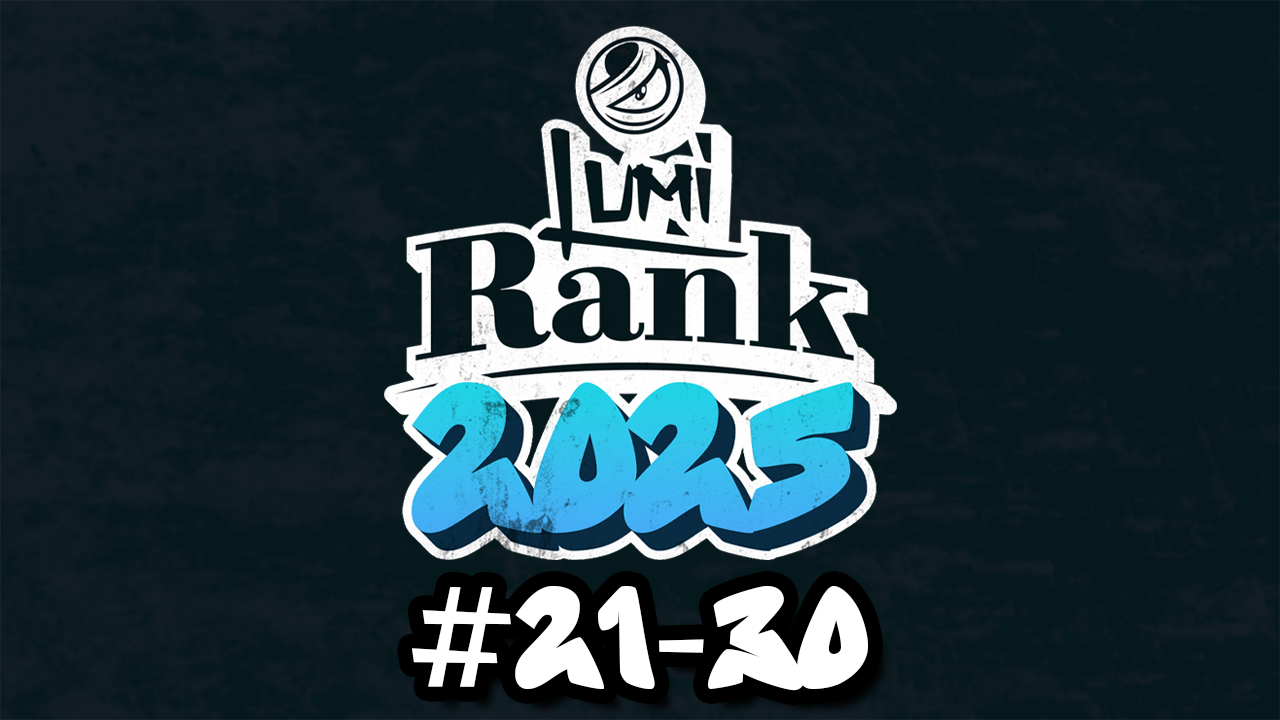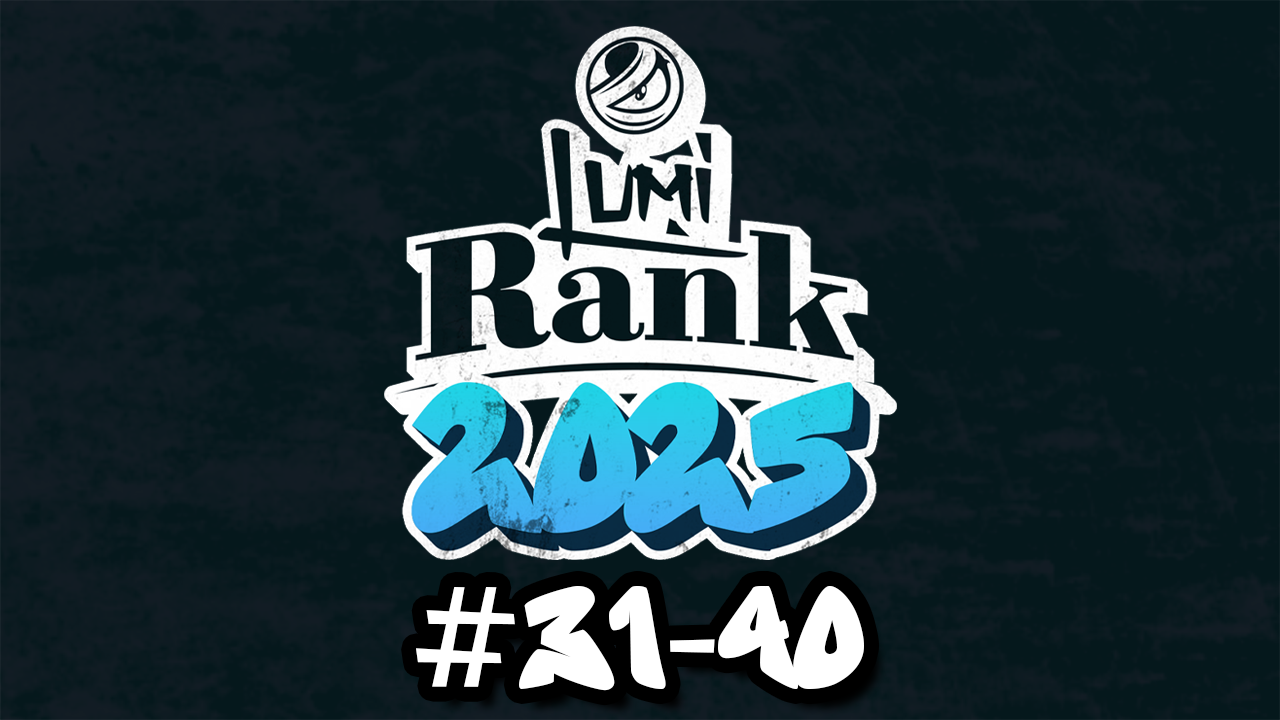Smash Ultimate Results-Based Matchup Charts
Welcome to the Smash Ultimate Results-Based Matchup Charts by LG SchuStats, where I’m attempting to calculate the advantage/disadvantage each character has in all 82 of their matchups.
Disclaimer: This is really hard to make accurate because there is just so little high quality data for a lot of these matchups. There are 3400+ matchups in Smash Ultimate and some are a lot less common than others. It’s probably the hardest piece of statswork I’ve worked on yet because of this challenge. That being said, I’ve worked hard to put my best effort forward at making this as accurate as possible!

How this graphic works:
Each cell is the row character’s matchup against the column character’s matchup. For example:
Steve has an advantage over Diddy Kong (+1).
Sonic has a strong advantage over Kazuya (+2).
Olimar has a dominant advantage over Samus (+3).
Yellow means the matchup is roughly even, like Steve vs Rob.
The character in each row/column is repeated 3 times (once on each side and in the middle) so it’s easier to see who is in each column and row.
Grayed out squares means there’s not enough data to say what the matchup is. What exactly “enough data” means is explained in the methodology section, where I also have a spreadsheet which shows the best guess based on the limited data.
The characters are in order of the results-based tier list, split into 3 segments: high tiers, mid tiers and low tiers. The image above has high tiers vs high tiers and the images below have the other 8 combinations.








Methodology:
For a set to count at all, it has to happen offline after the final patch and both players have to have only played one character each in the whole set.
Sets that count for this matchup chart have two tiers, tier 1 and tier 2. Tier 2 is a higher bar and all tier 2 sets are also tier 1 sets.
A tier 2 set must be at a ranked event, and both players must either be top 25 players of their character or top 1000 overall in the world at the time.
A tier 1 set can come from an offline unranked event or a ranked event. If a set comes from an offline unranked event, both players must either be top 10 players of their character or top 500 overall in the world at the time for the set to be tier 1. If it comes from a ranked event, both players must either be top 50 players of their character or top 2500 overall in the world at the time for the set to be tier 1.
First, matchups are determined by only tier 2 sets, but if there isn’t “enough data”(more on what that means later in the article) with just the tier 2 sets, it’s determined by all tier 1 sets and if that’s still not enough data, it gets a gray square. For reference, roughly 1 in 6 matchups have enough data from just tier 2 sets and roughly 2 in 3 matchups have enough data from tier 1 sets.
Here’s how the matchup advantage values (the numbers from -3 to +3 in the chart) are determined:
The matchup advantage value, as well as each character’s strength based on the results based tier list, is factored into the formula for the probability of past match outcomes. For each matchup, the advantage value was chosen by finding the value that maximizes the probability of the observed data(either all the tier 2 sets or all the tier 1 sets).
“Enough Data” just means the 95% confidence interval of the chosen matchup advantage value is narrower than 0.5, meaning the real matchup advantage value is all but certainly within 0.25 of the measured value.
Matchup values are continuous, meaning they have decimals too, but they are rounded because they can have 95% confidence intervals that are up to 0.5 wide
Here is a spreadsheet which has every matchup as determined each by tier 2 sets, tier 1 sets and also tier 0 sets (which is all offline sets that don’t qualifier for tier 1), as well as which matchups had enough data for each tier of sets.











